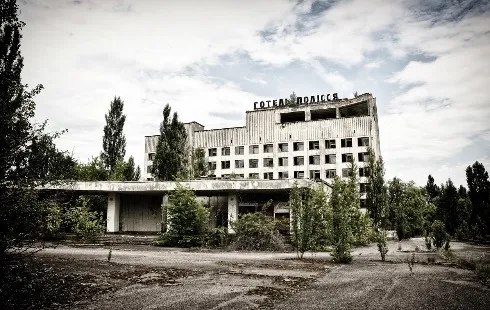
8HoursMining cloud mining platform, daily profits up to $9,337
Section: Business
Augsburg, a city with a much longer history than its better known neighbour's, is just a short 40-minute train ride from Munich's main station. As the oldest city in Bavaria and third oldest in Germany, it offers everything from Roman architecture to the well-known Augsburger Puppenkiste (puppet theatre). Travellers who are headed to more famous destinations in Upper Bavaria should not ignore this easily overlooked town.
Founded in 15 BC, it was a major population centre in the Middle Ages, and was an important transportation hub for the Holy Roman Empire. Augsburg flourished during the Renaissance thanks in no small part to the Fugger family. One of Europe's wealthiest families, the Fugger family can be easily compared to the more famous Medici family in Florence. Since becoming part of Bavaria in 1806, Augsburg's decline in prominence has coincided with Munich's rise. Nevertheless, there is no way Munich can compete with the historical wonders of Augsburg's rich past.
On 8 August every year, Augsburg celebrates its own holiday the Augsburger Hohes Friedenfest. As the only German city with its own legal holiday, this gives Augsburg the distinction of having more holidays than anyone else in all of Germany.
Today visitors can reach the impressive Renaissance city by taking the modern Fugger Express, which leaves Munich's Hauptbahnhof every 30 minutes. English tours of the city can be arranged at www.augsburgtours.de. Major sights include:
o The Fugger Palace: Where the Fugger family lived at the height of their banking empire. From here they operated the most successful banking business in German history, bought Holy Roman Empire elections, and minted coins for the Pope.
o The Cathedral: founded in the 9th century is a beautiful mixture of Romanesque and Gothic elements.
o The Perlachturm: originally built in 989 as a watch tower, it is now the best place to view downtown Augsburg.
o The Basilica of St. Afra and St. Ulrich: founded in the 10th century, it is the burial place of three saints (Afra, Ulrich, and Simpert), as well as many members of the Fugger family.
o The Fuggerei: the oldest social housing development still in use was founded by Jakob Fugger in 1521 and is still managed by the same foundation. Residents currently pay 88 cents per year to live in the prettiest part of town.

Section: Business

Section: Arts

Section: Politics

Section: Health Insurance

Section: News

Section: News

Section: News

Section: Arts

Section: News

Section: Arts
Health Insurance in Germany is compulsory and sometimes complicated, not to mention expensive. As an expat, you are required to navigate this landscape within weeks of arriving, so check our FAQ on PKV. For our guide on resources and access to agents who can give you a competitive quote, try our PKV Cost comparison tool.
Germany is famous for its medical expertise and extensive number of hospitals and clinics. See this comprehensive directory of hospitals and clinics across the country, complete with links to their websites, addresses, contact info, and specializations/services.
Frisch mit dem Amadeus Austrian Music Award ausgezeichnet, meldet sich OSKA mit neuer Musik und neuen Tourdaten zurück. Ihr zweites Album ,,Refined Believer" erscheint am 20. Juni 2025 und zeigt sie persönlicher und facettenreicher denn je. Noch in diesem Jahr geht sie solo auf Tour, bevor sie...



No comments yet. Be the first to comment!